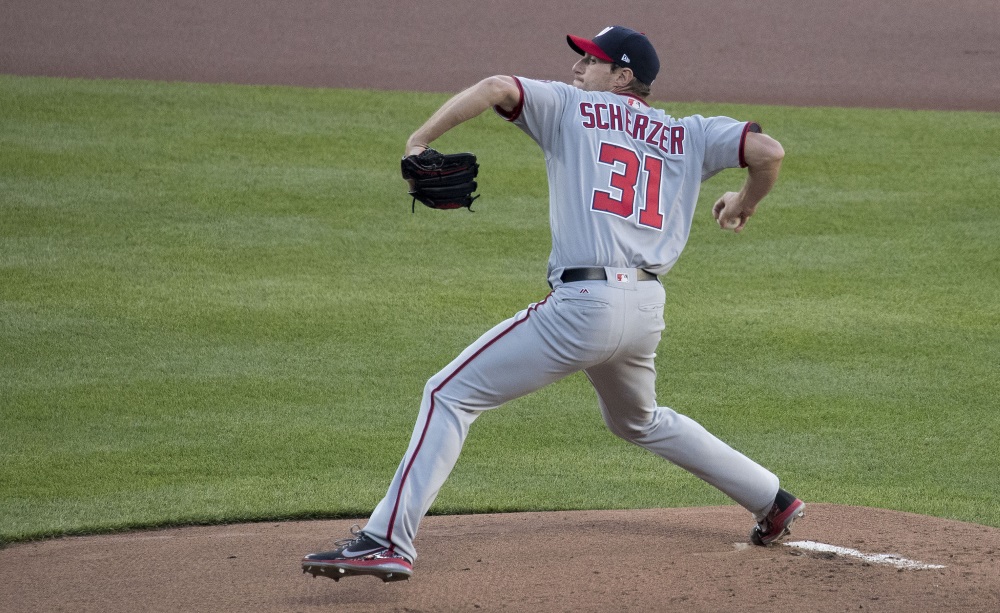2018 Trade Value: #41 to #50

(Photo: Keith Allison)
As is the annual tradition at FanGraphs, we’re using the week of the All-Star Game — while the industry pauses to take a metaphorical breather — to take stock of the top-50 trade assets in the sport. For more context on exactly what we’re trying to do here, see the honorable-mentions post linked at the top of the page.
For this post and the four to follow, I’ll present a graphic (by way of the wizard Sean Dolinar) breaking down each player’s objective skill level (represented, in this case, by a five-year WAR projection from ZiPS), contract/team-control details, rank in last year’s series, and then year-by-year details of age/WAR/contract through 2023, although a couple players have control beyond those five years. For those readers who are partial to spreadsheets rather than blocks of text, I’ll also include all the players we’ve ranked so far are in grid format at the bottom of the post.
The ZiPS WAR forecasts did influence the rankings a bit: for players who were bunched together, it acted as an impartial tiebreaker of sorts, but the industry opinions I solicited drove the rankings.
With that said, let’s get to the final 10 spots on the Trade Value list this year.
| Five-Year WAR | +16.3 |
| Guaranteed Dollars | – |
| Team Control Through | 2024 |
| Previous Rank | – |
| Year | Age | Projected WAR | Contract Status |
|---|---|---|---|
| 2019 | 22 | +2.2 | Pre-Arb |
| 2020 | 23 | +3.0 | Pre-Arb |
| 2021 | 24 | +3.7 | Pre-Arb |
| 2022 | 25 | +3.7 | Arb1 |
| 2023 | 26 | +3.7 | Arb2 |
This last spot, as I’m sure was true on all of the versions of the list Dave did, was a tough to decide upon. As you can see from the honorable mentions, basically every type of player has a solid candidate for this spot. One could argue on behalf of Matt Olson, for example, that he’s a similar player to Tucker, has just one fewer year of control, and has already posted 3.6 WAR in his first 167 games. That said, Tucker seems to get a bit of a boost from the industry because of his recent call-up and that isn’t all nonsense: calling a top prospect up to a contending team before there’s any incentives by way of service time suggests the things non-Astros people know about Tucker (mental makeup, etc.) are positive.

